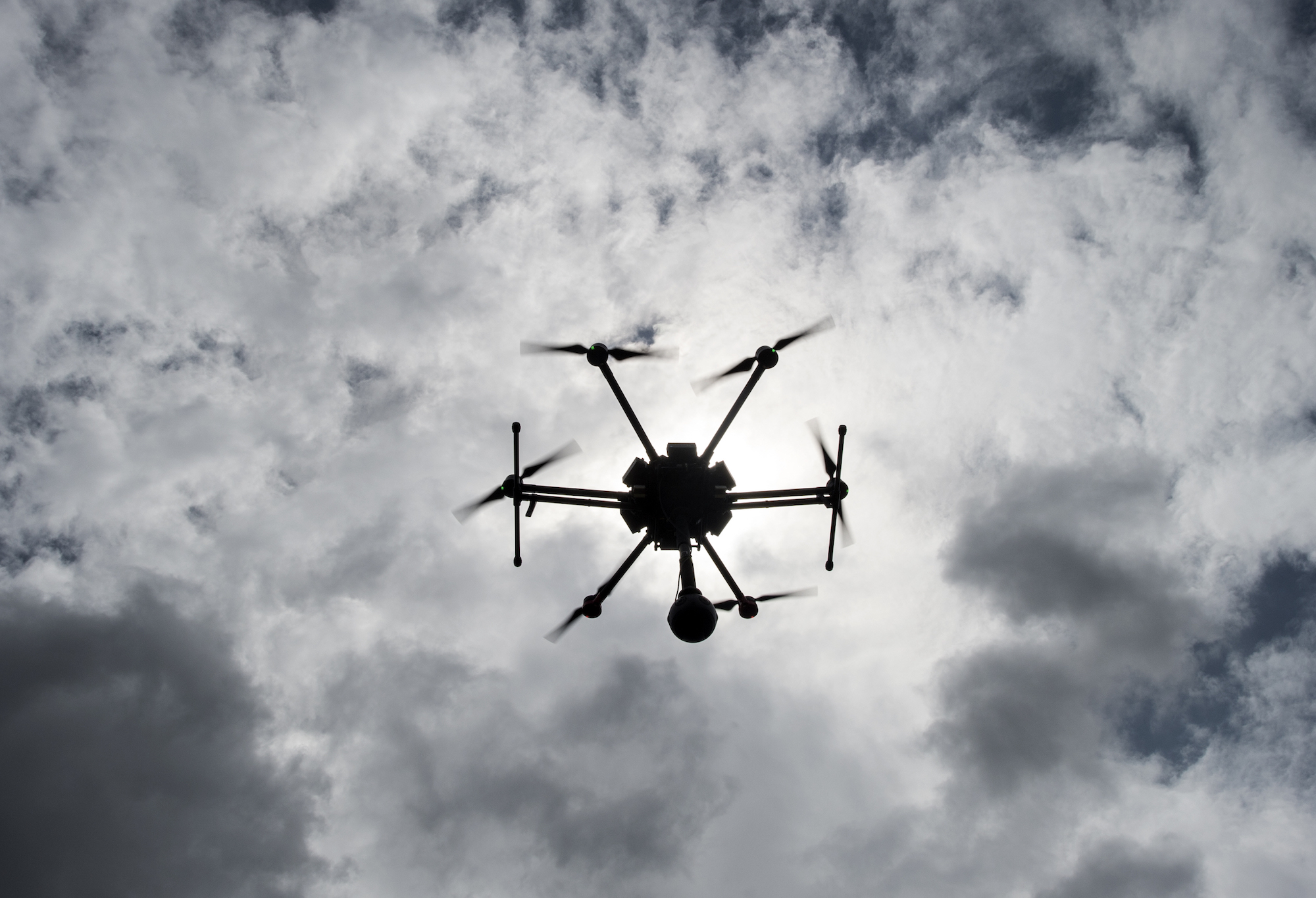A version of this post appeared on RJI Online.
Innovation in Focus is a new video series from the Innovation & Futures Lab at the Reynolds Journalism Institute. With the help of journalism students, I produce the series, which explores emerging technology and methods of storytelling for newsrooms worldwide. Below is the most recent part of the series.
The team recently spent some time creating an immersive narrative story with a 360 camera. Here are the 5 key lessons we learned:
1. The viewer sees everything.
When filming in flat video we control the frame and we direct the viewer. We shape the story by presenting a detail or an establishing shot or a portrait. In 360 video, the viewer sees everything in the frame and they control how they experience it. They can look beyond the subject or into another part of the frame, which means they might miss the action you included in that particular shot because they’re looking elsewhere.
2. You have to either be in the frame or be able to control your camera from a remote location.
In 360 video we set up the camera on a tripod and run out of the frame — or be OK with being inserted into the story. This puts us in a different position than with flat video, where we can erase our presence by being behind the camera. When Meg was filming in a bus or van, she had two choices: be in the frame as inconspicuously as possible or set up the tripod and camera and leave it alone with the source for the duration of shot. In a moving closed vehicle, it was hard to not be in the frame while also making sure the camera didn’t fall down or get jostled by the movement of the vehicle. You must plan ahead and be aware of the challenges you’ll face when using a 360 camera.
3. Give the viewer time to explore.
When editing, the pacing in a 360 video is different than the pacing in flat video. With 360 video, you want to give your viewer time to experience the immersive content. Your b-roll pieces will most likely be longer to allow the viewer to see the action and move around within the frame. This changes the pace of your story and how you would usually edit it.
4. Your camera is a person.
We talked to many 360 storytellers and they all said the same thing: set up your camera like it’s a person, thinking of the lens as a person’s eyes. The camera should be set up at the average height of a person, which will allow the viewer to experience the story as if they were standing there in real life. Putting the camera on the ground or too high up makes the 360 story harder to consume because you are skewing the perspective. Of course, this is a rule that can be broken when in a unique situation, but often this advice helps tell the story in a way that people understand.
5. Lower your expectations.
One of our greatest pet peeves about 360 cameras is the quality of the image. As journalists we’re used to crystal-clear frames of beautifully detailed video we shoot on our advanced DSLRs or video cameras. When you switch to a mobile 360 camera (unless you are investing thousands of dollars in an advanced rig), you have to adjust your expectations of video quality. For now, it will not be as clear or beautiful as flat video. With time this will change, but that’s the reality of the mobile tools right now.
Kat Duncan is the senior video editor for RJI Futures Lab. She also creates and edits video projects for RJI and the Missouri School of Journalism, where she teaches photo and video journalism.

